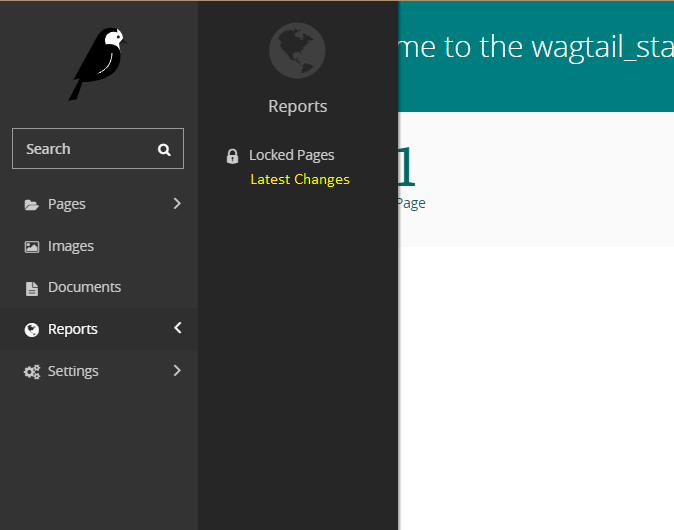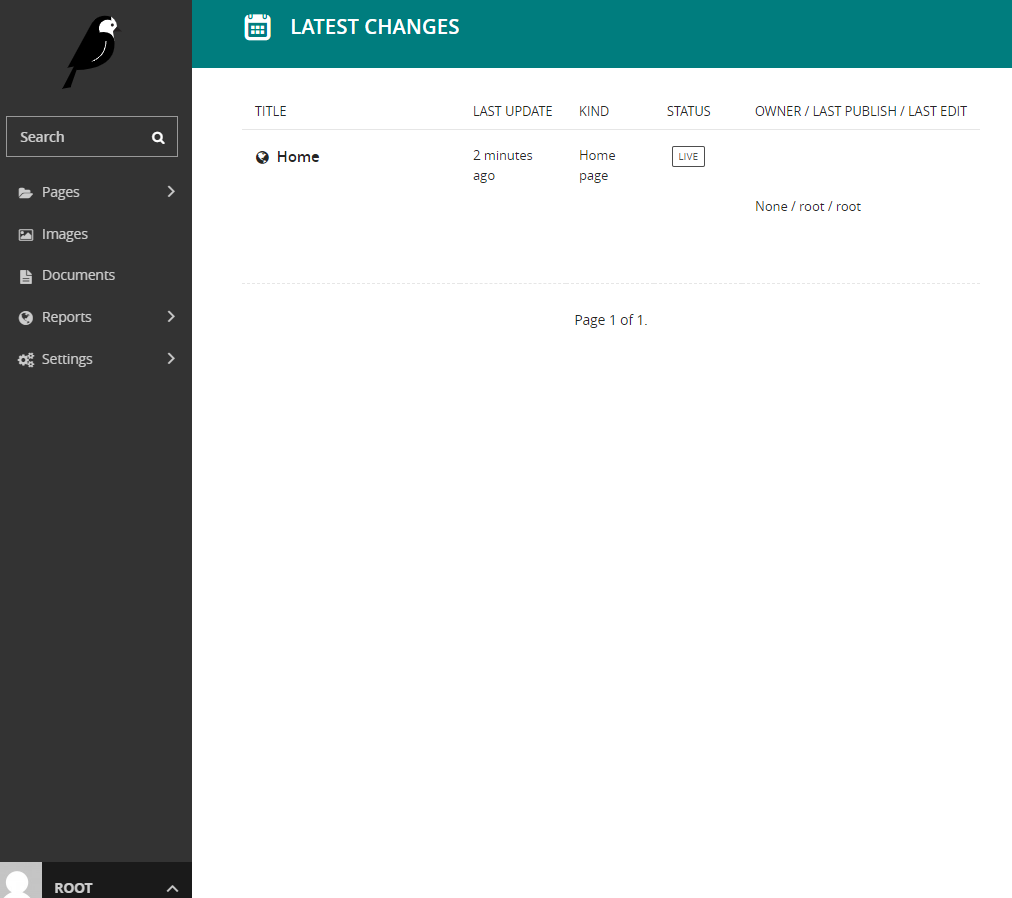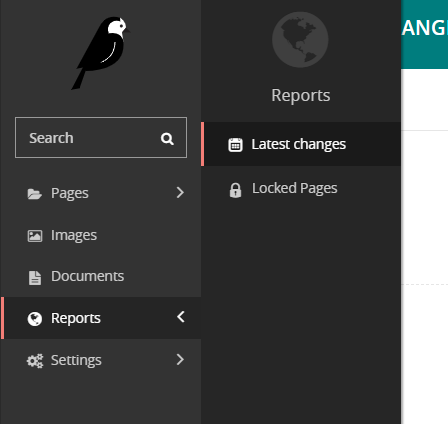When I upgraded my Phoenix template application to Phoenix 1.5.1 I also enabled the new Phoenix LiveDashboard and its “OS Data” tab. To enable that OS Data tab you have to enable the :os_mon erlang application by adding it (along with :logger and :runtime_tools) to your extra_applications setting as described here.
When I enabled the os_mon application I immediately saw a warning in my logs that one of disks is almost full (which is a fact). I knew that I wanted to understand how these warnings are generated and if I could handle them with some custom code to send an email for example.
This journey lead me to an interesting erlang rabbit hole which I’ll describe in this small post.
The os_mon erlang application
os_mon is an erlang application that, when started will run 4 processes for monitoring CPU load, disk, memory and some OS settings. These don’t work for all operating systems but memory and disk which are the most interesting to me do work on both unix and Windows.
The disk and memory monitoring processes are called memsup and disksup and run a periodic configurable check that checks if the memory or disk space usage is above a (configurable) threshold. If the usage is over the threashold then an error will be reported to the SASL alarm handler (SASL is erlang’s System Architecture Support Libraries).
The alarm handler situation
The SASL alarm handler is a process that implements the gen_event behavior. It must be noted that this behavior is rather controversial and should not be used for your own event handling (you can use your own gen server solution or gen stage). A gen_event process is an event manager. This event manager keeps a list of event handlers; when an event happens the event manager will notify each of the event handlers. Each event handler is just a module so when an event occurs all event handlers will be run in the same process one after the other (that’s the actual reason of why gen_event is not very loved).
The SASL alarm handler (the gen_event event manager) is implemented in a module named :alarm_handler. A rather unfortunate decision is that the default simple alarm handler (the gen_event event handler) is also implemented in the same module so in the following you’ll see :alarm_handler twice!
The default simple alarm handler can be exchanged with your own custom implementation or you can even add additional alarm handlers so they’ll be called one after the other.
To add another custom event handler for alarms, you’ll use the add_handler method of gen_event. To change it with your own, you’ll use the swap_handler of gen_event. When the default simple alarm handler is swapped it will return a list of the existing alarms in the system which will the be passed to the new alarm handler.
A simple alarm handler implementation
As noted in the docs, an alarm handler implementation must handle the following two events:
{:set_alarm, {alarm_id, alarm_description}} and {:clear_alarm, alarm_id}. The first one will be called from the event manager when a new alarm is created and the send one when the cause of the alarm not longer exists.
Let’s see a simple implementation of an alarm event handler:
defmodule Phxcrd.AlarmHandler do
import Bamboo.Email
require Logger
def init({_args, {:alarm_handler, alarms}}) do
Logger.debug "Custom alarm handler init!"
for {alarm_id, alarm_description} <- alarms, do: handle_alarm(alarm_id, alarm_description)
{:ok, []}
end
def handle_event({:set_alarm, {alarm_id, alarm_description}}, state) do
Logger.warn "Got an alarm " <> Atom.to_string(alarm_id) <> " " <> alarm_description
handle_alarm(alarm_id, alarm_description)
{:ok, state}
end
def handle_event({:clear_alarm, alarm_id}, state) do
Logger.debug "Clearing the alarm " <> Atom.to_string(alarm_id)
state |> IO.inspect
{:ok, state}
end
def handle_alarm(alarm_id, alarm_description) do
Logger.debug "Handling alarm " <> Atom.to_string(alarm_id)
new_email(
to: "foo@foo.com",
from: "bar@bar.gr",
subject: "New alarm!",
html_body: "<strong>Alert:" <> Atom.to_string(alarm_id) <> " " <> alarm_description <> "</strong>",
text_body: "Alert:" <> Atom.to_string(alarm_id) <> " " <> alarm_description
)
|> Phxcrd.Mailer.deliver_later()
Logger.debug "End handling alarm " <> Atom.to_string(alarm_id)
end
end
This implementation also has an init function that is called when the handler is first started. Notice that it receives a list of the existing alarms; for each one of them I’ll calle the handle_alarm function. This is needed to handle any existing alarms when the application is starting. The :set_alarm handler also calls handle_alarm passing the alarm_id and alarm_description it received.
The clear_alarm doesn’t do anything (it would be useful if this module used state to keep a list of the current alarms). Finally, the handle_alarm will just send an email using bamboo_smtp. Notice that I use deliver_later() to send the mail asynchronously.
As you can see this is a very simple example. You can do more things here but I think that getting the Alarm email should be enough for most situations!
Integrating the alarm handler into your elixir app
To use the above mentioned custom alarm event handler I’ve added the following line to the start of my Application.start function:
:gen_event.swap_handler(:alarm_handler, {:alarm_handler, :swap}, {Phxcrd.AlarmHandler, :ok})
Please notice that the :alarm_handler atom is encountered twice: The first is the event manager module (for which we want to swich the event handler) while the second is the event handler module (which is the one we want to replace).
os_mon configuration
The are a number of options you can configure for os_mon. You can find them all at the manual page. For example, just add the following to your config.exs:
config :os_mon,
disk_space_check_interval: 1,
memory_check_interval: 5,
disk_almost_full_threshold: 0.90,
start_cpu_sup: false
This will set the interval for disk space check to 1 minute, for memory check to 5 minutes, the disk usage threshold to 90% and will not start the cpu_sup process to get CPU info.
Testing with the terminal
If no alerts are active in your system, you can test your custom event handler using something like this from an iex -S mix terminal:
:alarm_handler.set_alarm({:koko, "ZZZZZZZZZ"}
# or
:alarm_handler.clear_alarm(:koko)
Also you can see some of the current data or configuration options:
iex(4)> :disksup.get_disk_data
[{'C:\\', 234195964, 55}, {'E:\\', 822396924, 2}]
# or
iex(7)> :disksup.get_check_interval
60000
Please notice that the check interval is in seconds when you set it, in ms when you retrieve it.
Conclusion
The above should help you if you also want to better understand alert_handler, os_mon and how to configure it to run your own custom alert handlers. Of course in a production server you should have proper monitoring tools for the health of your server but since os_mon is more or less free thanks to erlang, why not add another safety valve?
If you want to take a look at an application that has everything configured, take a look at my Phoenix template application.


